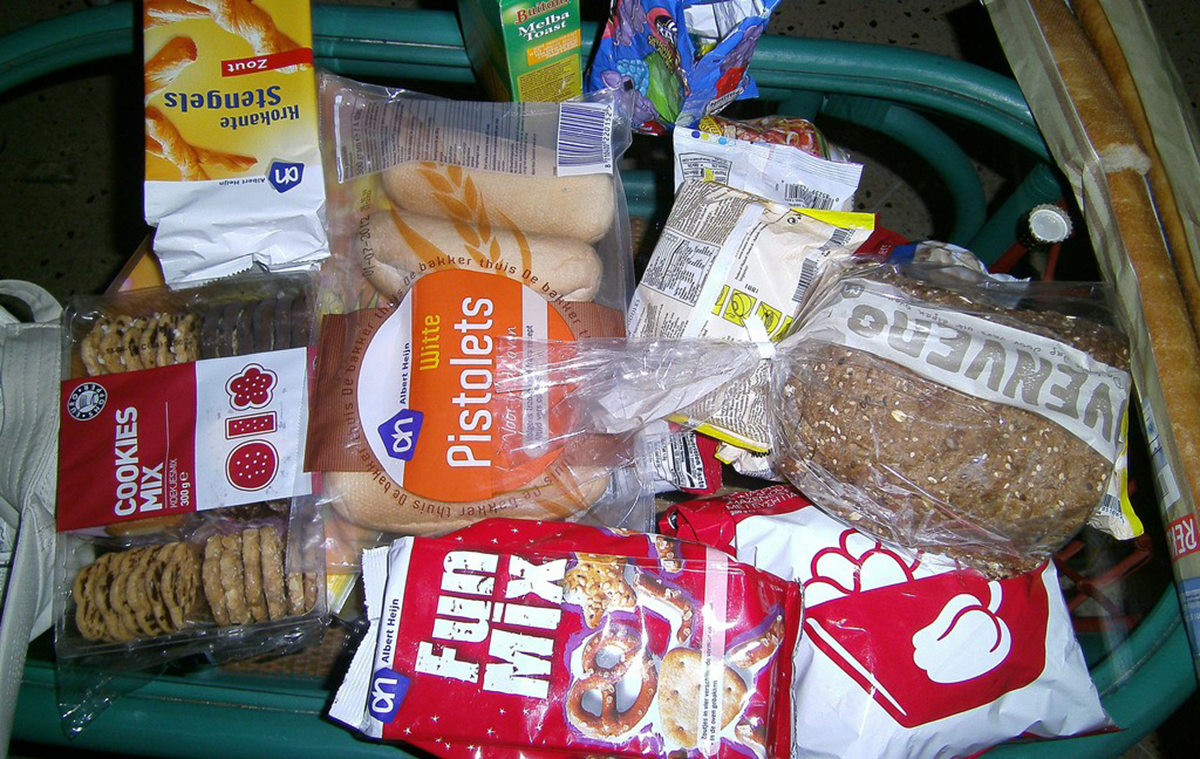Table of Contents
If you’re just starting out with a diet, or are new to the whole healthy eating and macronutrient “thing” then simply lowering your carb intake (particularly from refined and sugary sources like cakes, sweets, pastry, pizza, junk food and the like) is one of the best ways to go.

However, while that will certainly work for a while, the further into your diet you get and the more fat you lose, the more in-depth you need to get, hence where the carb calculation comes in...
Protein and fat come next, as these are the essential macronutrients. Carbs get worked out last, as you can theoretically survive without carbs, though it wouldn’t be optimal.
Calories
Take your bodyweight in pounds and multiply it by a number. This number is dependent on your activity levels and goals…..
Looking to lose fat? Multiply by between 10 and 13.
Want to maintain weight? Multiply by 14 or 15.
Looking to build muscle? Multiply by 16 to 20.
Within these boundaries, the number you pick depends on how active you are. If you’re highly active, go toward the higher end, or go lower if you’re sedentary.
Protein
For protein, multiply your bodyweight in pounds by 0.8 to get how many grams you need to eat each day.
Fat and Carbs
Here’s where you’ll need a calculator. You have your total desired calorie intake, and the grams of protein you need to eat each day.
Multiply your protein intake in grams by 4. (There are 4 calories in 1 gram of protein). A 150lb person for instance would need 120g of protein each day, which is 480 calories. Take these protein calories from your total calorie intake.
Say our 150lb guy or girl is moderately active and looking to lose weight. They might have their calories at 1,800 (150lbs x12) and their protein is 480 calories, giving them 1,320 calories left for carbs and fat.
The more active you are, the more carbs you need
Going with the theory that the more active you are, the more carbs you need, here’s how they’d work out their carbs if they were either highly active, or sedentary:
Highly Active
They need more carbs, so fat intake will be lower.
Multiply bodyweight in pounds by 0.3 to get daily intake of fat in grams.
150lbs x0.3 = 50g of fat. (1g of fat has 9 calories, so 50g of fat = 450 calories.) Take 450 away from 1,320 = 870.
This gives them 870 calories to eat from carbs. 1g of carbohydrate has 4 calories, so divide 870 by 4 and you get 217.5g of carbs.
Round this to 215 or 220g, and you have your carb intake.
See Also: Carblover's Diet- 10 Carb Foods that Burn Fat
Sedentary
If you’re sedentary, do the exact same calculation, but use a higher fat ratio. We’re looking at 0.6g per pound of bodyweight.
150x0.6 = 90g fat per day (or 810 calories)
1,320-810 = 510 (calories from carbs.)
510 divided by 4 = 127.5g carbs per day.
So there you have it. Just use the examples above, but substitute in your own bodyweight, activity factors and ratios to work out your optimal carb intake.
- “A Guide to Flexible Dieting”, By Lyle McDonald, January 2005
- Photo courtesy of Ted Bigham by Flickr : www.flickr.com/photos/bighamdesign/9553360188
- Photo courtesy of Mandy by Flickr : www.flickr.com/photos/amanderson/7157391551


Your thoughts on this